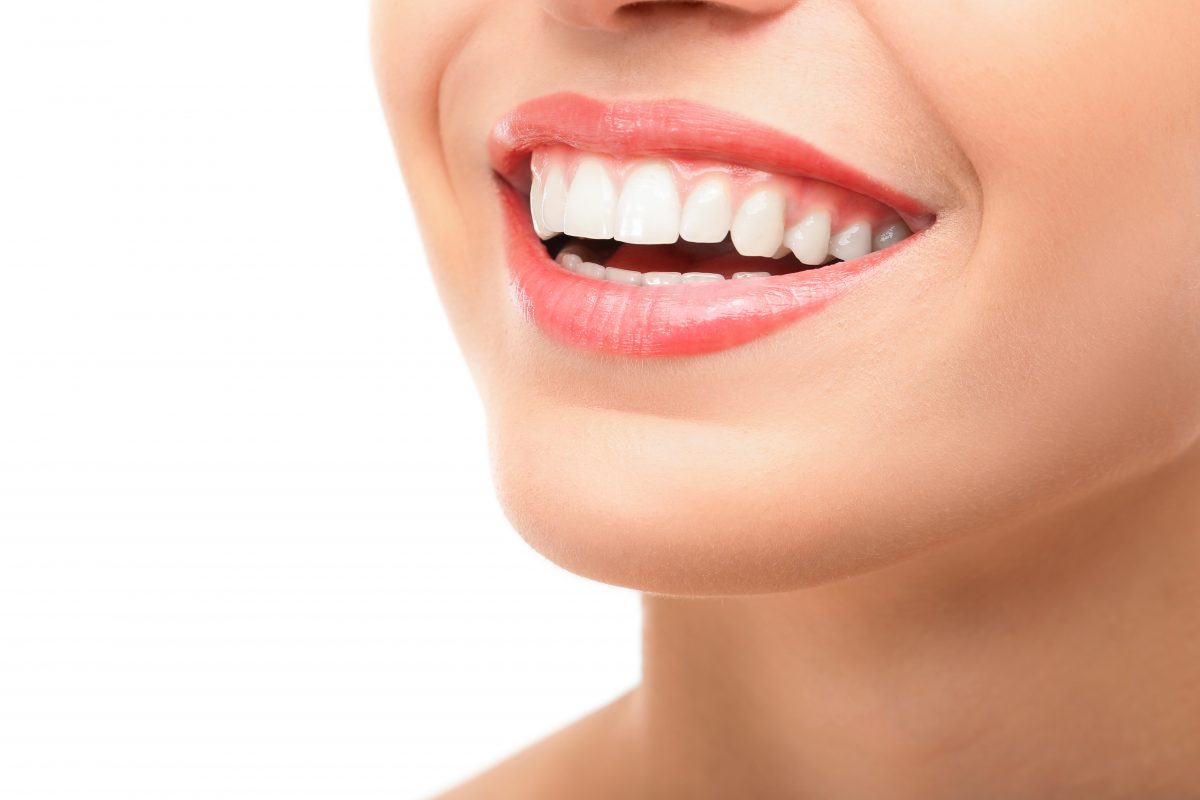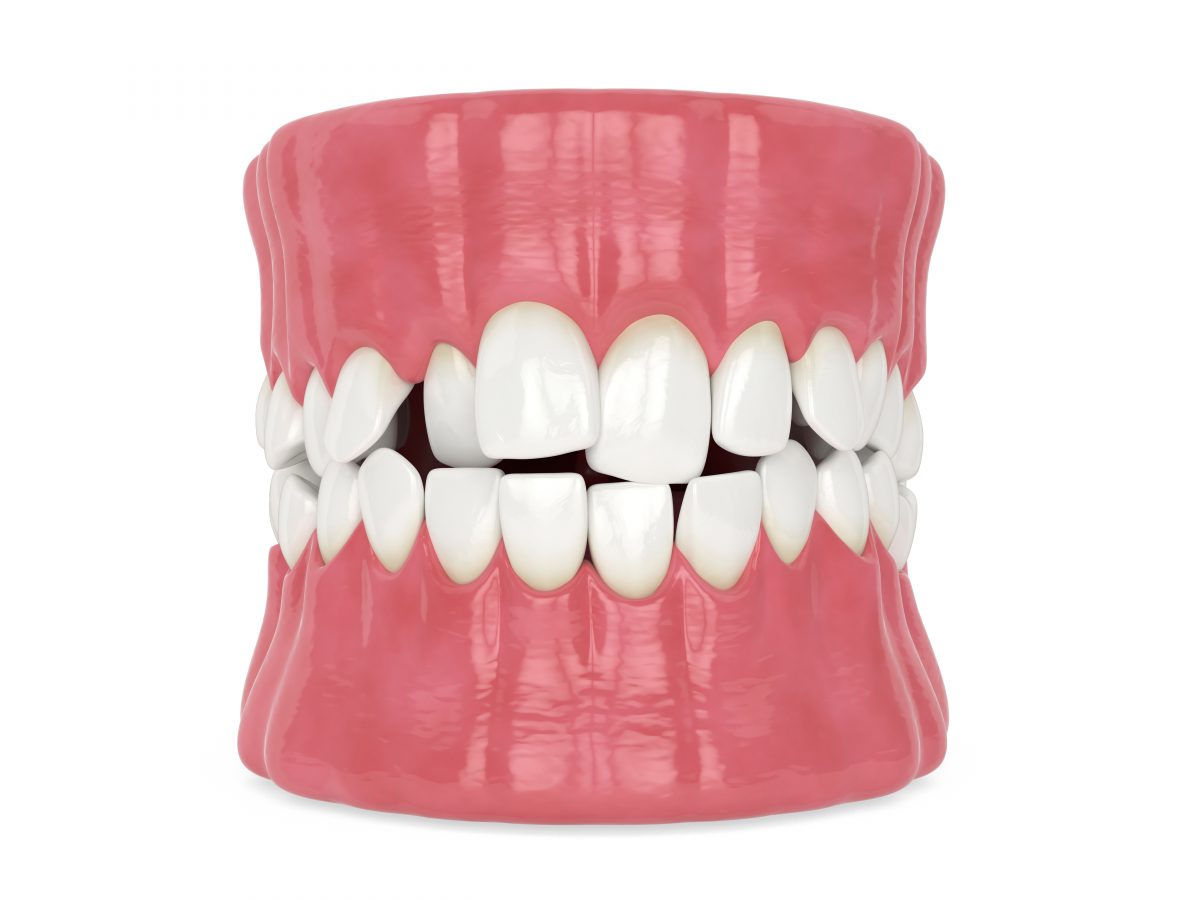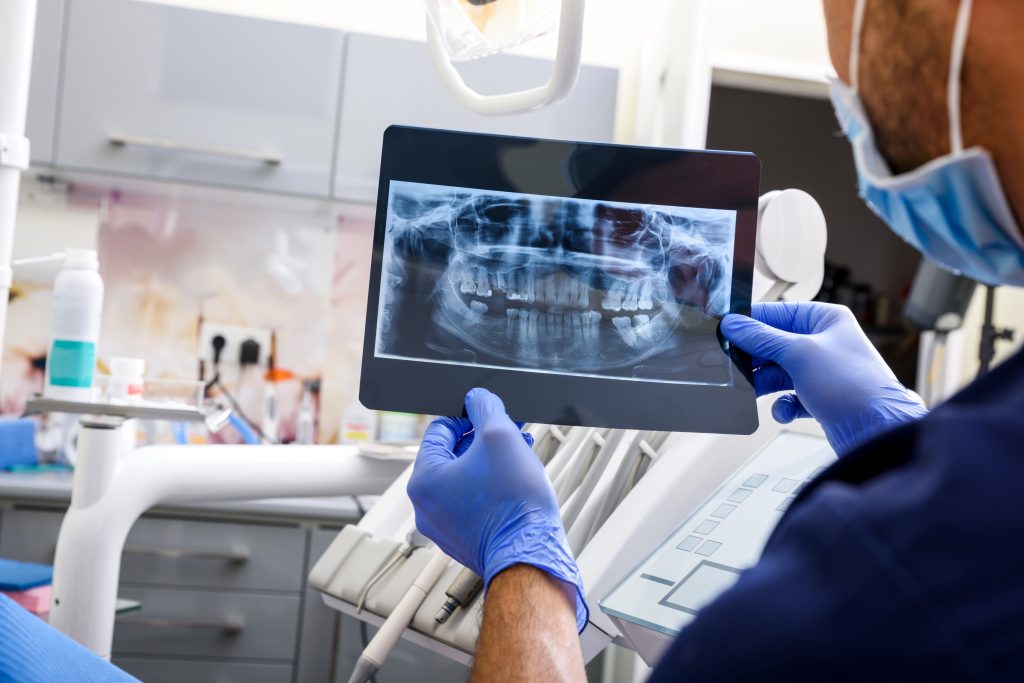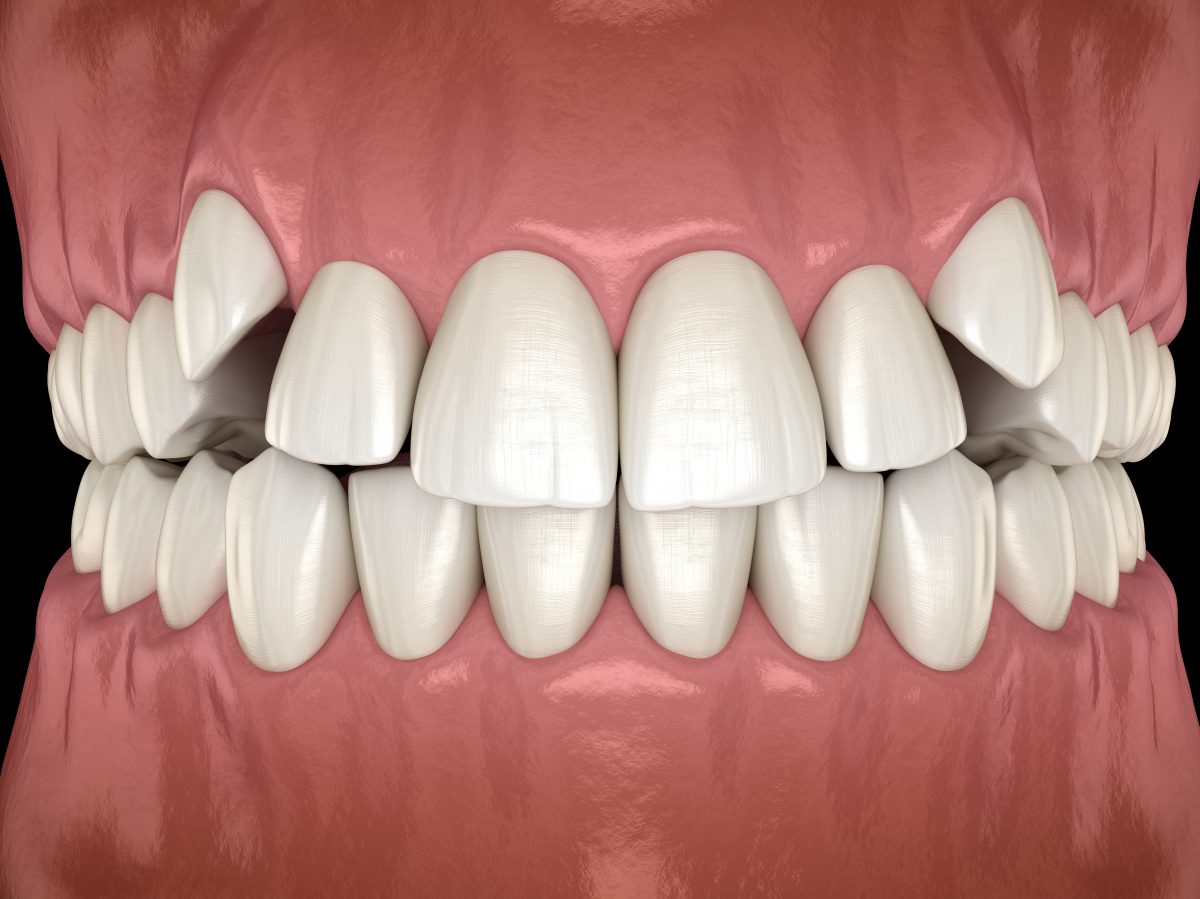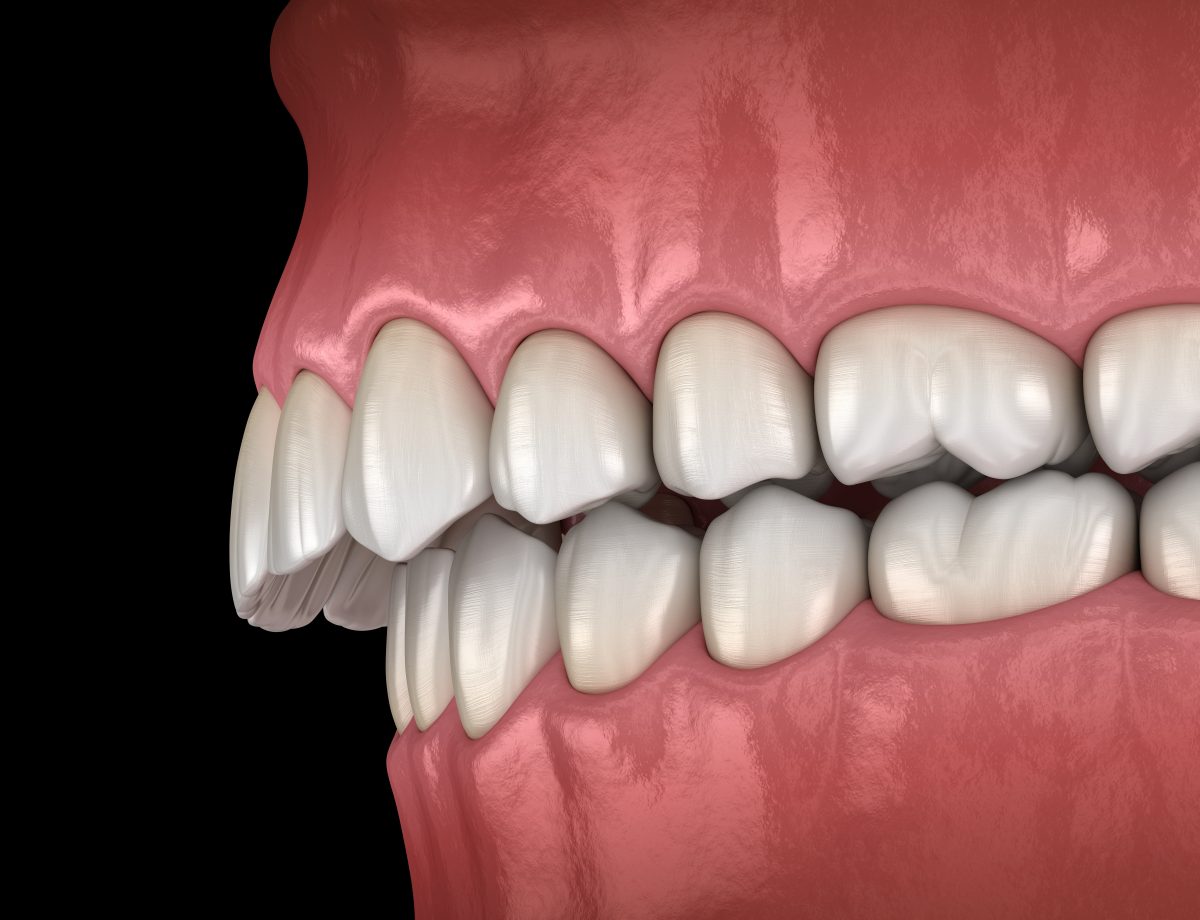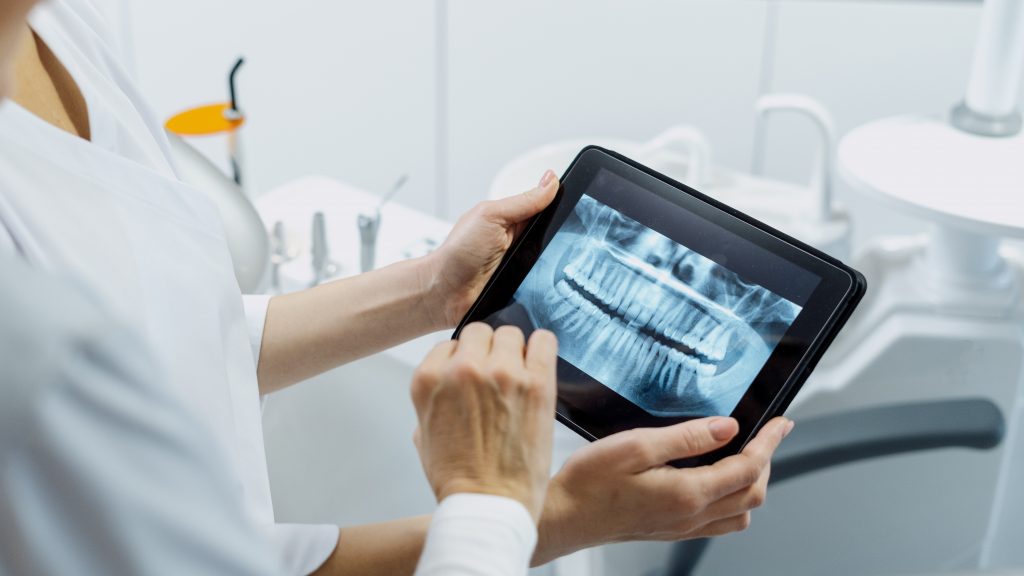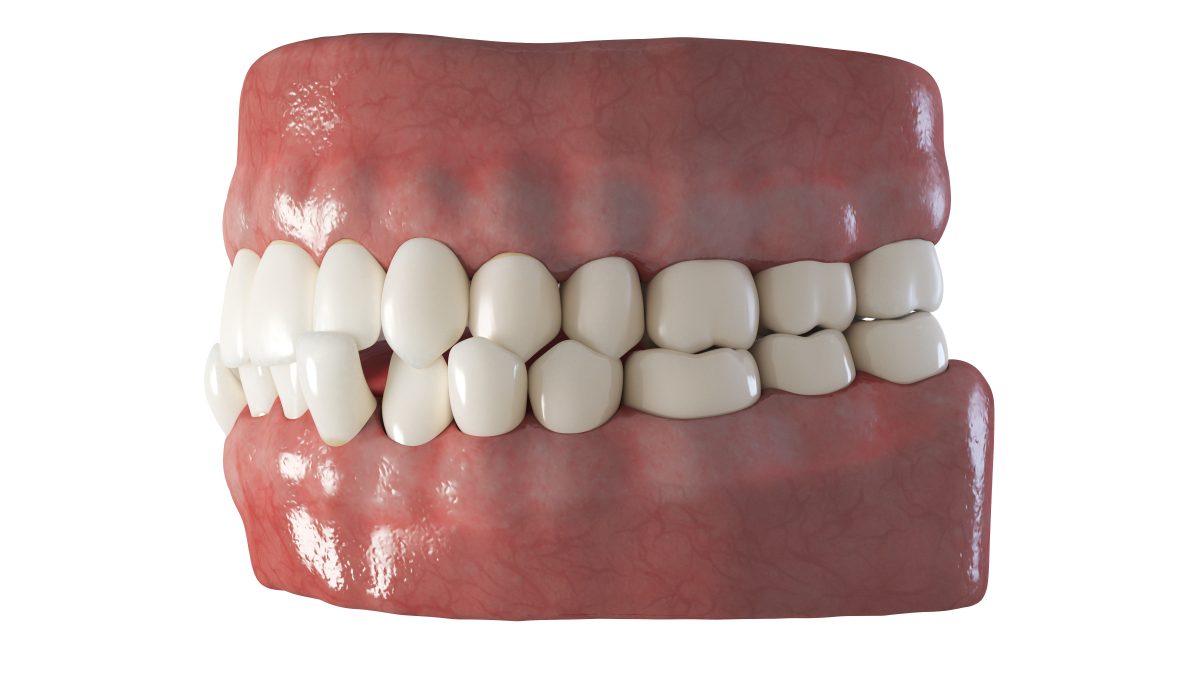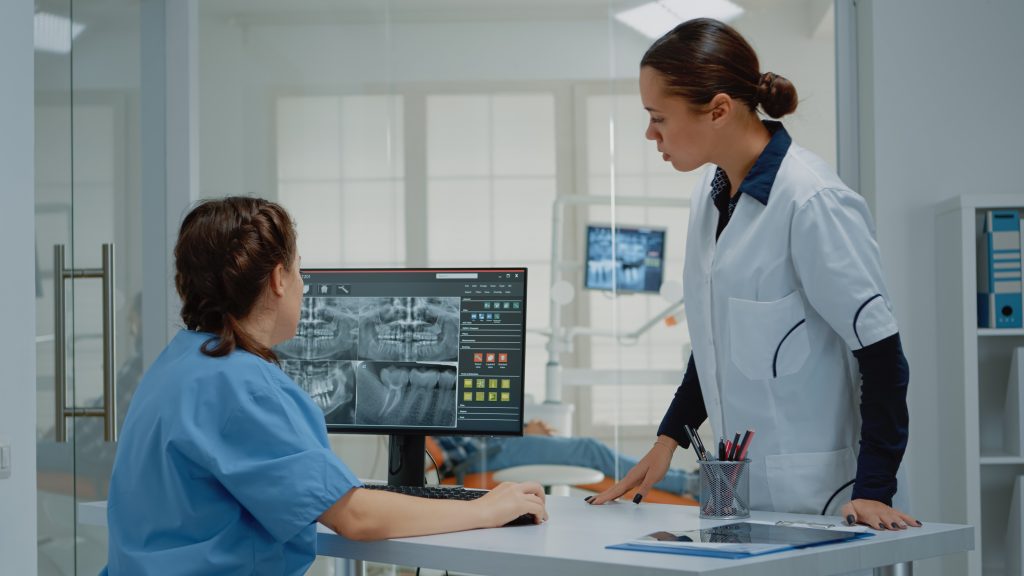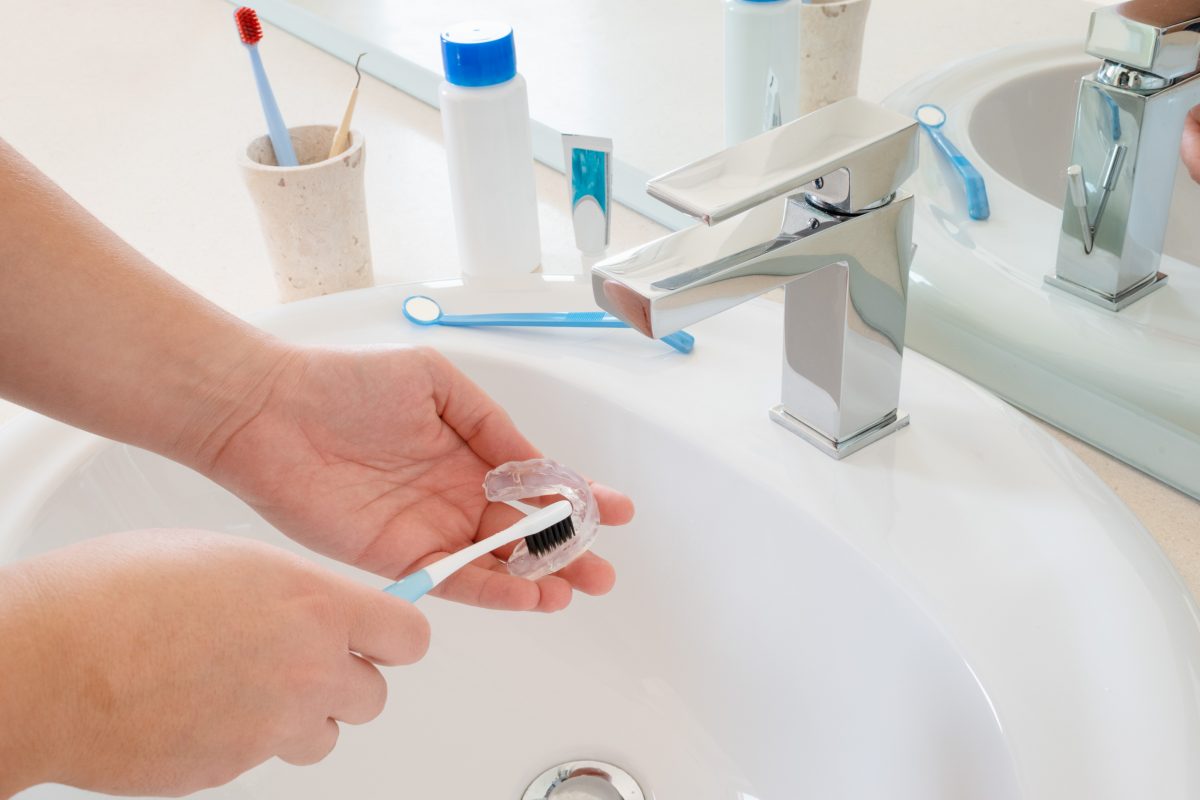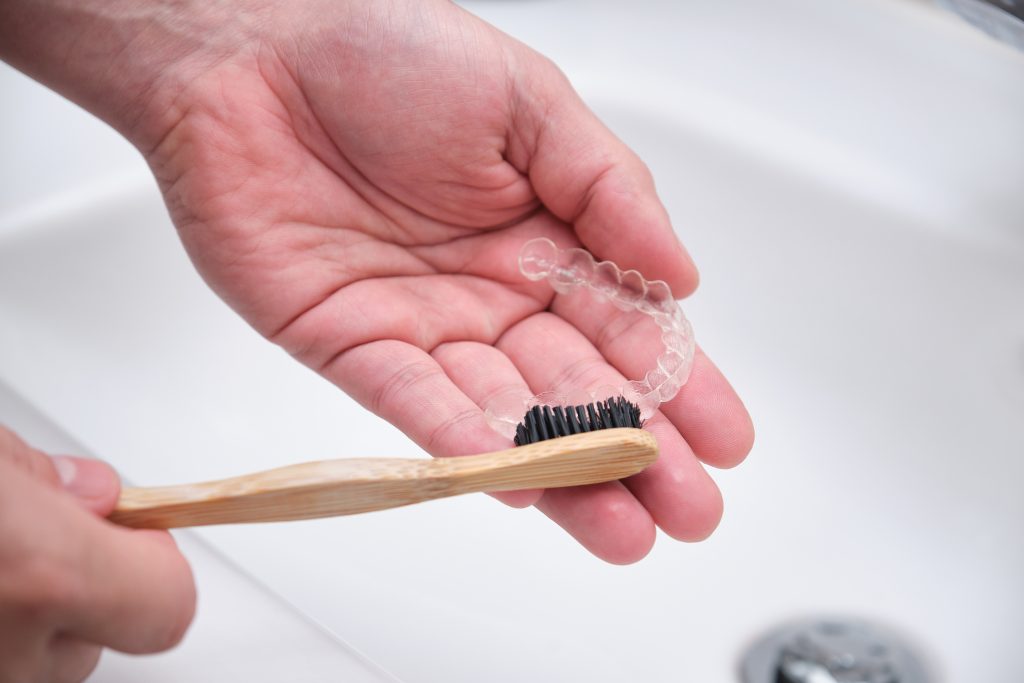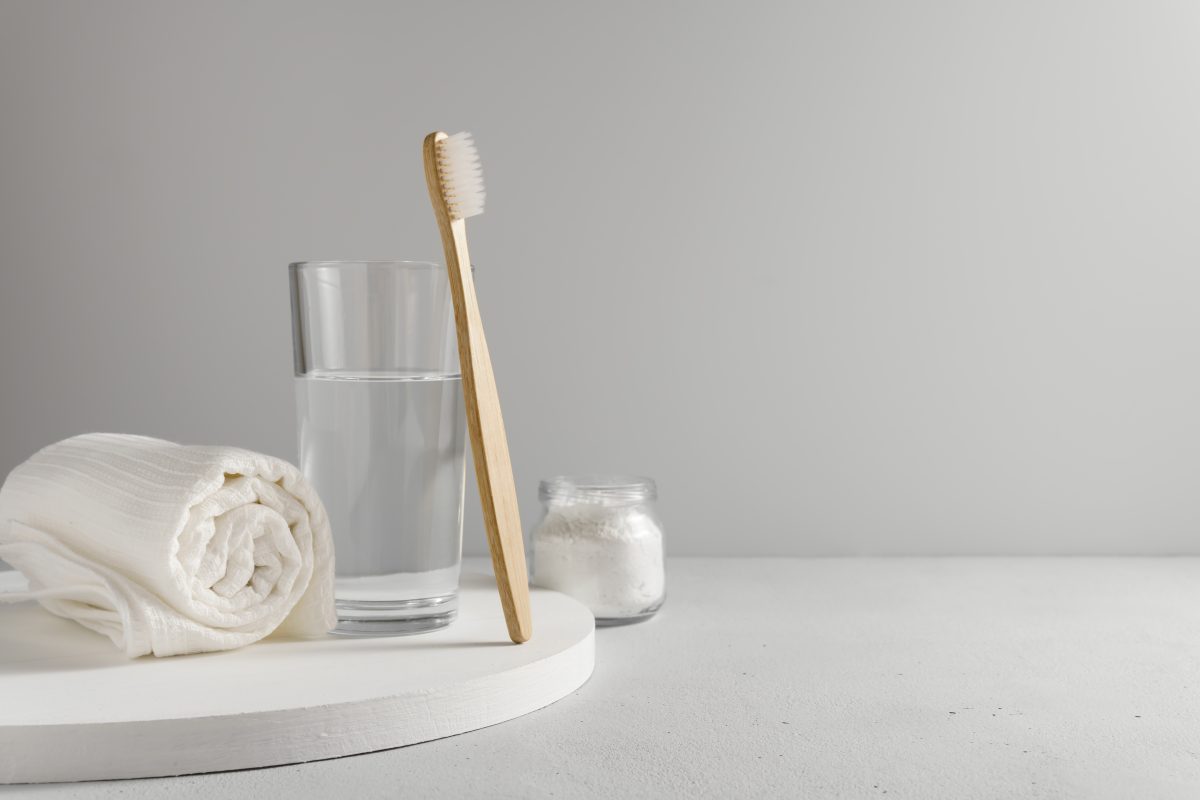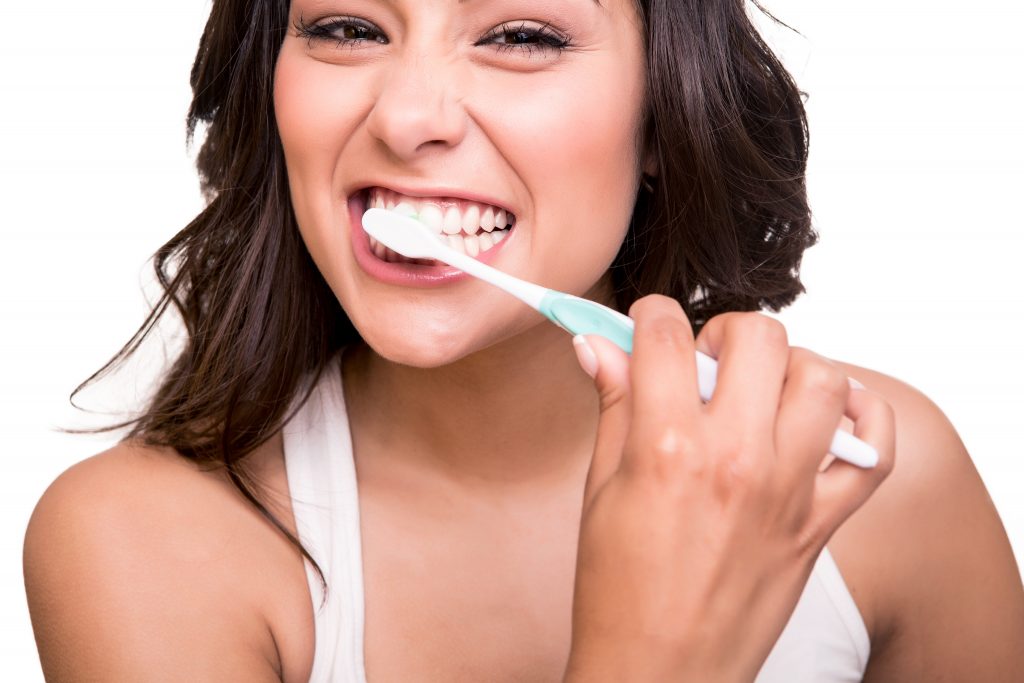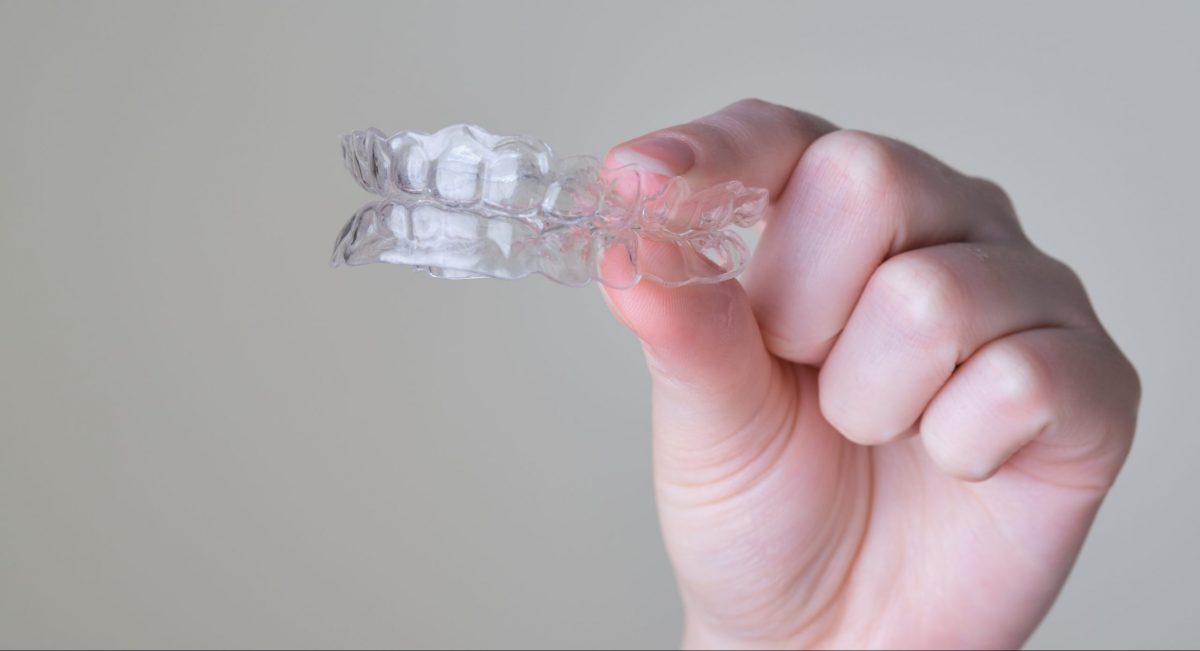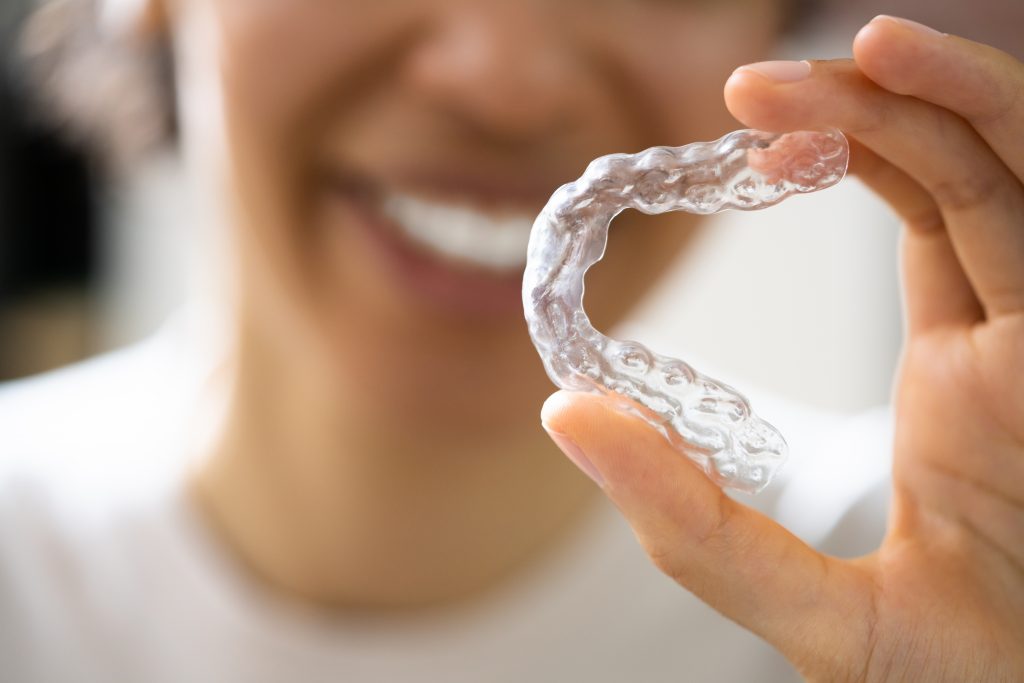Our bodies are constantly evolving, changing to accommodate our needs and lifestyles according to our current life stages. Therefore, it’s actually quite possible and even common to experience teeth shifting well into adulthood. This is most commonly a result of mesial drift, a process where teeth gradually move towards the mouth’s front and center. However, this process is incredibly subtle and can progress over the course of a few years, often going unnoticed by patients until they see any major changes in the appearance of their teeth. This can lead to further complications, such as misaligned teeth and jaw misalignment. Several factors can increase the likelihood and the pace of teeth shifting, but there are also ways to prevent it entirely, especially with the help of qualified dental providers. To learn more about teeth shifting and what you can do to remedy it, read on in this comprehensive guide.
Can your teeth shift in your 20s?
Teeth shifting can happen in your 20s, as well as at any phase in your adult life. Although the shifts in a patient’s body and bone structure aren’t as apparent in adulthood as they are in the patient’s childhood and adolescence, they continue to occur at a more gradual pace. Many people tend to experience minor and subtle changes to their teeth as they grow older, and many of these changes are common age-related adjustments. Some frequent causes for teeth shifting in your 20s include the following:
- Natural Causes
As a person’s bone structure shifts during the course of their life, it can naturally cause their teeth to shift as well. Genetics may also factor into how much a patient’s teeth change in adulthood, as well as changes in the shape of the jaw, shifts in their lifestyle and regular habits, and changes in their bone density. All of these natural causes can bring about changes in the position and placement of teeth.
- Missing Teeth
When a tooth is extracted, whether deliberately with the help of a dentist or accidentally through unexpected circumstances, it leaves behind a gap. This gap causes an absence of tension between adjacent teeth, allowing them to shift their position in order to fill the empty space. Rather than allowing this to organically happen, some patients can consider alternative solutions such as implants or dental bridges. Addressing the gap before other issues arise can also minimize the risk of overcrowding, keeping the remaining teeth in their initial proper positions.
- Gum Disease
When left untreated, the earliest stage of gum disease (also known as gingivitis) can subsequently lead to a later, more severe stage. This disease is known as periodontitis, which can cause weakened gums that no longer have the same ability to contain teeth in their proper positions. Further on down the line, periodontitis can also cause the loss of the surrounding bone matter that supports teeth. In extreme cases, this can lead to shifting and loose teeth
- Frequent Teeth Grinding
Bruxism, more commonly known as excessive teeth grinding, tends to put persistent and recurring pressure on a patient’s teeth and gums. This can lead the enamel to wear down, shortening the teeth and sometimes changing the position of teeth and the default setting of a patient’s bite. Some patients opt to approach their bruxism issue with the help of a night guard at the advice of their dentist.
Whether the root cause of teeth shifting is one or a combination of these factors, it is always advisable that patients approach their trusted dental provider at the first sign of teeth shifting before it causes any further issues. To learn about invisible braces and one of the best ways to address misalignment caused by teeth shifting, click here to learn how ALINA works.
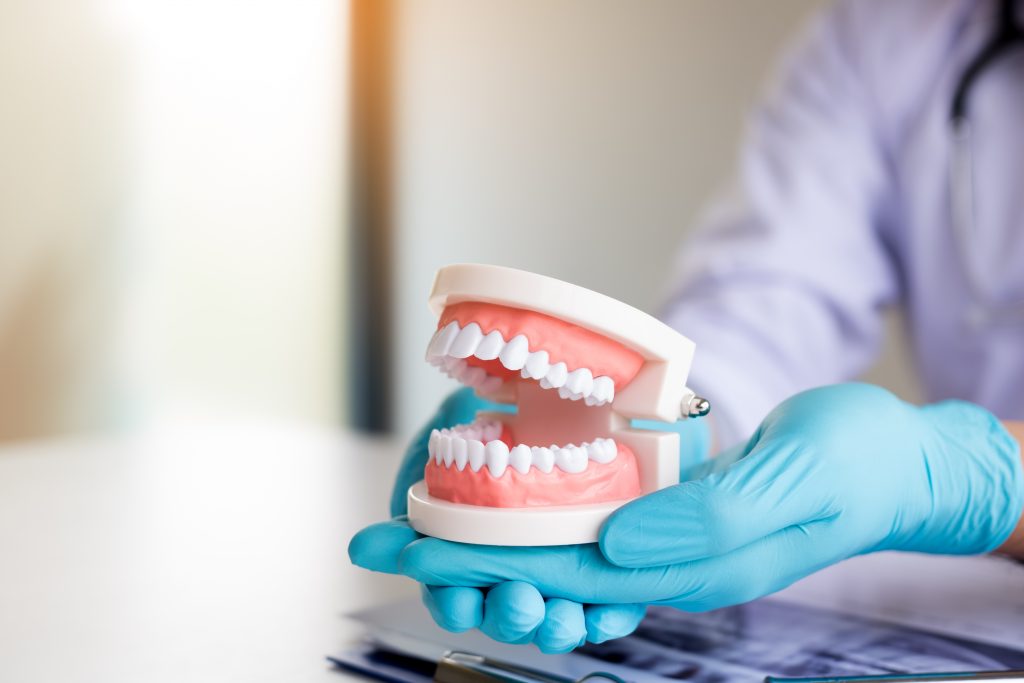
What does teeth shifting feel like?
While consulting with a qualified dentist is the best way to definitively determine whether or not a patient’s teeth are shifting, there are some signs patients can watch out for. Some common signs of teeth shifting include:
- Shifting Midline
The midline refers to the line between the two front teeth on the upper and lower dental arches. When the midline on both or either the upper or lower teeth begin to look asymmetrical, it may be a sign of movement in the teeth.
- Bleeding Gums
Bleeding gums are an early sign of periodontal or gum disease. This increases the likelihood of teeth shifting across the dental arches.
- Changes in Spacing
When a patient observes a widening gap between teeth or teeth beginning to overlap, it is often a telltale sign that teeth are indeed shifting.
- Tooth Pain
Sudden and recurring pain can often be a signal that the teeth are moving from their proper positions.This discomfort stems from the sudden shift from how patients are used to teeth fitting together.
At what age do teeth stop shifting?
Because of the naturally occurring mesial drift and other factors that could possibly affect the placement of teeth, there is no specific age at which teeth stop shifting. Teeth can potentially change position and be shifted out of alignment regardless of how old a patient is, so it is always a good idea to consult with a qualified dental provider for ways to prevent the issue. One of the most subtle, consistent, and effective ways to align teeth (and ensure they remain aligned) is invisible braces, also alternatively known as clear aligners. Invisible braces prices can vary across different clinics and providers, so when considering your options it is always advisable to choose a provider with an excellent track record– one that can provide your teeth the care it deserves using the highest quality invisible braces.
How ALINA can help with teeth shifting
Teeth shifting may be a common occurrence, but it can eventually lead to overcrowding, bite, and jaw misalignment problems. Luckily with ALINA, patients can be sure that their teeth become aligned and stay aligned, avoiding further issues that can stem from misaligned teeth. That’s because our invisible braces are made with:
- Better materials – Our invisible braces are made from a perfectly transparent, space-age material that’s FDA approved and completely hypoallergenic.
- Better technology – With AlinaSmile AI technology, ALINA takes into consideration all of your facial features to help you achieve your most beautiful smile.
- Better results – Over 25 years, ALINA has helped uncover the smiles of more than a million happy patients in the US, Canada, and the UK.
Take the first step to uncovering your most beautiful smile and book a consult today.
